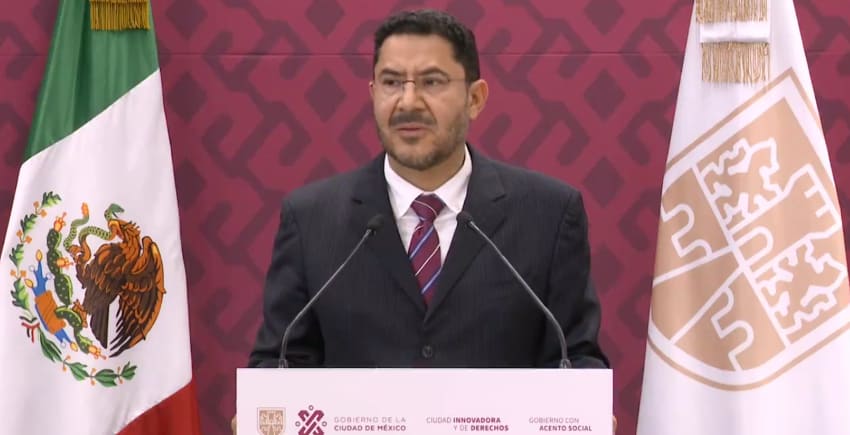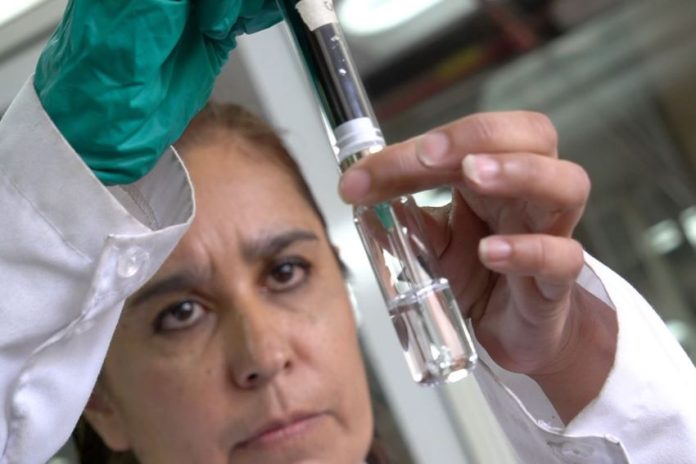After more than a week of complaints, Mexico City officials finally acknowledged that there was a problem with the drinking water in several neighborhoods of the Benito Juárez borough on Monday. But solutions were not so forthcoming.
Mexico City Mayor Martí Batres confirmed that the city water in the borough of Benito Juárez has been contaminated in a press conference on Monday. He also said authorities had ruled out the presence of gasoline in the water, which locals had suspected, and insisted there is no risk of explosion. According to Milenio newspaper, the neighborhoods affected are Nonoalco, Nochebuena, Del Valle and Tlacoquemécatl.

The complaints began on March 31 when inhabitants reported a foul smell coming from their water taps.
Mexico City’s water authority Sacmex initially dismissed the notion that there was anything wrong, newspaper SDP Noticias reported.
The digital news site La Silla Rota reported last week that, in response to official indifference, locals organized to raise money to have their own water tests conducted, even though officials had told them it was safe.
It was not until April 4 — after reports of people falling ill — that officials began surveying the affected areas and taking water samples. One person told La Jornada newspaper that officials were insinuating that residents may have contaminated the water themselves.
By the weekend, officials confirmed the water had indeed been adulterated with industrial oils and lubricants but not gasoline, pinpointing the alleged source in the western part of the borough, though without offering details.
Even as the authorities claimed to have identified the elements that had polluted the water, there was still no official word on the cause, SDP Noticias reported.
The lack of information was compounded by the failure to provide clear instructions on which precautions should be followed by residents.
La Silla Rota published a recording on Tuesday in which an unidentified government official tells a Benito Juárez resident to avoid drinking or bathing in the water. The agent reportedly said the water could be used to water plants, to clean cisterns, and even to wash dishes, while stipulating that the dishes should not be dried with a cloth afterward.
On Monday, SDP reported on the bureaucratic maze that those affected had to navigate in order to get their water tested. The government set up a command center in a local park in the San Lorenzo neighborhood, where locals can file complaints. Then an agent is dispatched to the person’s home to take samples and turn them over to Pemex, Sacmex and the National Water Commission (Conagua).
Residents have been told the results of the analysis would be ready in four to five days.
With reports from SDP Noticias, La Silla Rota and La Jornada
